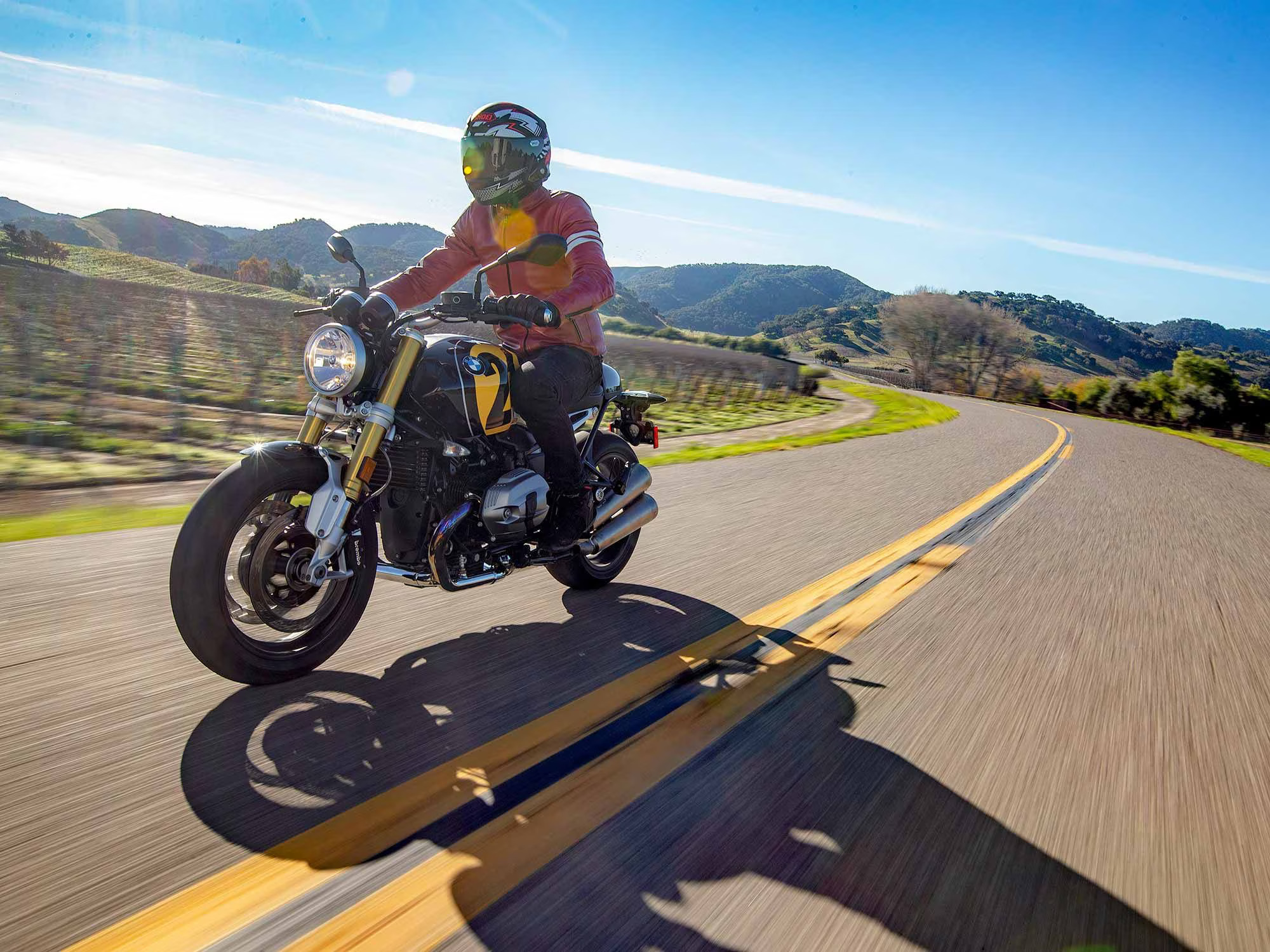
Riding a motorcycle is thrilling and a spectacular way to see the world up close. They’ve been an important part of American history for generations, but riding Harley bikes is not for the faint of heart. If you’re going to drive through these streets, you better know some tips and tricks.
Keep reading to learn all about what you need to know about riding a motorcycle.
1. The Benefits of Learning to Ride
There are many benefits to learning to ride a motorcycle. Motorcycles are much more fuel-efficient than cars, and they can get you where you need to go quickly and easily. It is a great way to experience the open road and feel the wind in your hair.
Riding a motorcycle can be a great way to get your heart rate up and burn some calories. There’s nothing like a long ride to clear your head and forget about your troubles. And the riders are a friendly bunch, and you’re sure to meet some great people when you’re out riding.
Motorcycles produce less pollution than cars, so you can feel good about doing your part to help the environment. It is much cheaper than car insurance, and you won’t have to pay for parking.
2. Necessary Protective Gear for Motorcycling
Wearing protective gear is one of the most important things you can do to stay safe while riding a motorcycle. A helmet can protect your head from serious injury or death in the event of a crash. A jacket can protect your body from road rash and other injuries in the event of a crash
Gloves can protect your hands from road rash and other injuries in the event of a crash. Boots can protect your feet from road rash and other injuries in the event of a crash. Pants can protect your legs from road rash and other injuries in the event of a crash.
Riding a motorcycle can be a great way to get around, have fun, and improve your health. Just be sure to wear your helmet and other protective gear every time you ride, and take the necessary safety precautions.
3. Choosing the Right Motorcycle
When choosing a motorcycle, it’s important to consider your needs and riding style. If you’re a new rider, you’ll want to start with a smaller, lighter motorcycle that’s easy to handle. As you gain experience, you can move up to a larger or more powerful bike.
Do you plan to do mostly commuting or long-distance touring? Do you want to ride on the highway or off-road? Once you know how you’ll be using your motorcycle, you can narrow down your choices.
It’s important to set a budget before you start shopping so you don’t overspend. It’s a good idea to visit a dealership and take a few different bikes for a test ride. This will help you find a bike that’s comfortable and easy to handle.
4. Safety Tips for Motorcycle Riding
Motorcycles are a great way to get around, but they can also be dangerous. Motorcycles are much smaller than cars and trucks, so it’s important to be extra vigilant when riding. Be aware of other drivers and be prepared to take evasive action if necessary.
Obey the rules of the road, including obeying speed limits, stop signs, and traffic lights. Alcohol impairs your judgment and reaction time. It is very dangerous to drink and ride.
Be prepared for the weather. If you’re riding in the rain, make sure you have a raincoat and rain pants. If you’re riding in the cold, make sure you have a jacket and gloves that are warm enough. By following these safety tips, you can help reduce your risk of being injured in a motorcycle accident.
5. Learning the Rules of the Road for Motorcyclists
As a motorcyclist, it’s essential to understand and abide by the specific rules of the road that apply to you. Familiarize yourself with local traffic laws and regulations that pertain to motorcycles. These may include lane-splitting laws, helmet requirements, and restrictions on carrying passengers.
Understand the proper use of motorcycle lanes and hand signals for communication. Stay informed about any special regulations or limitations that apply to motorcycles in certain areas. Stay updated on any changes or updates to motorcycle laws and read about motorcycle accident laws.
Follow the general principles of defensive driving. Stay alert and observant while riding. Be respectful and considerate of other road users.
6. Taking a Motorcycle Course for Beginners
If you are new to riding a motorcycle, it is a good idea to take a motorcycle safety course. Motorcycle safety courses are offered by many different organizations, including the Motorcycle Safety Foundation (MSF). Motorcycle safety courses are a great way to learn the basics of motorcycle riding and how to stay safe on the road. They are also a requirement for getting a motorcycle license in many states.
If you are thinking about learning to ride a motorcycle, I highly recommend taking a motorcycle safety course. It is the best way to learn the basics of motorcycle riding and how to stay safe on the road.
7. Understanding Motorcycle Insurance
Motorcycle insurance is a type of insurance that protects you in the event of an accident. Motorcycle insurance can help pay for medical expenses, property damage, and even lost wages. There are two main types of motorcycle insurance: liability insurance and comprehensive insurance.
Liability insurance covers the cost of damage you cause to other people or property in an accident. This is the most important type of motorcycle insurance to have.
Comprehensive insurance covers the cost of damage to your motorcycle, even if you are at fault in the accident. This type of insurance can also cover theft and vandalism.
You can get quotes from different insurance companies to compare rates. Motorcycle insurance can help protect you in the event of motorcycle accidents, so it is a good idea to have it.
Key Insights for Riding a Motorcycle
Riding a motorcycle is a thrilling, enjoyable experience when done safely. The most important tip to remember is to take the proper safety courses and to never ride without proper gear.
Now that you know the basic tips and safety precautions, go ahead and get out there and enjoy the open road!
If you enjoyed this article, check out the rest of our site for more great content!



